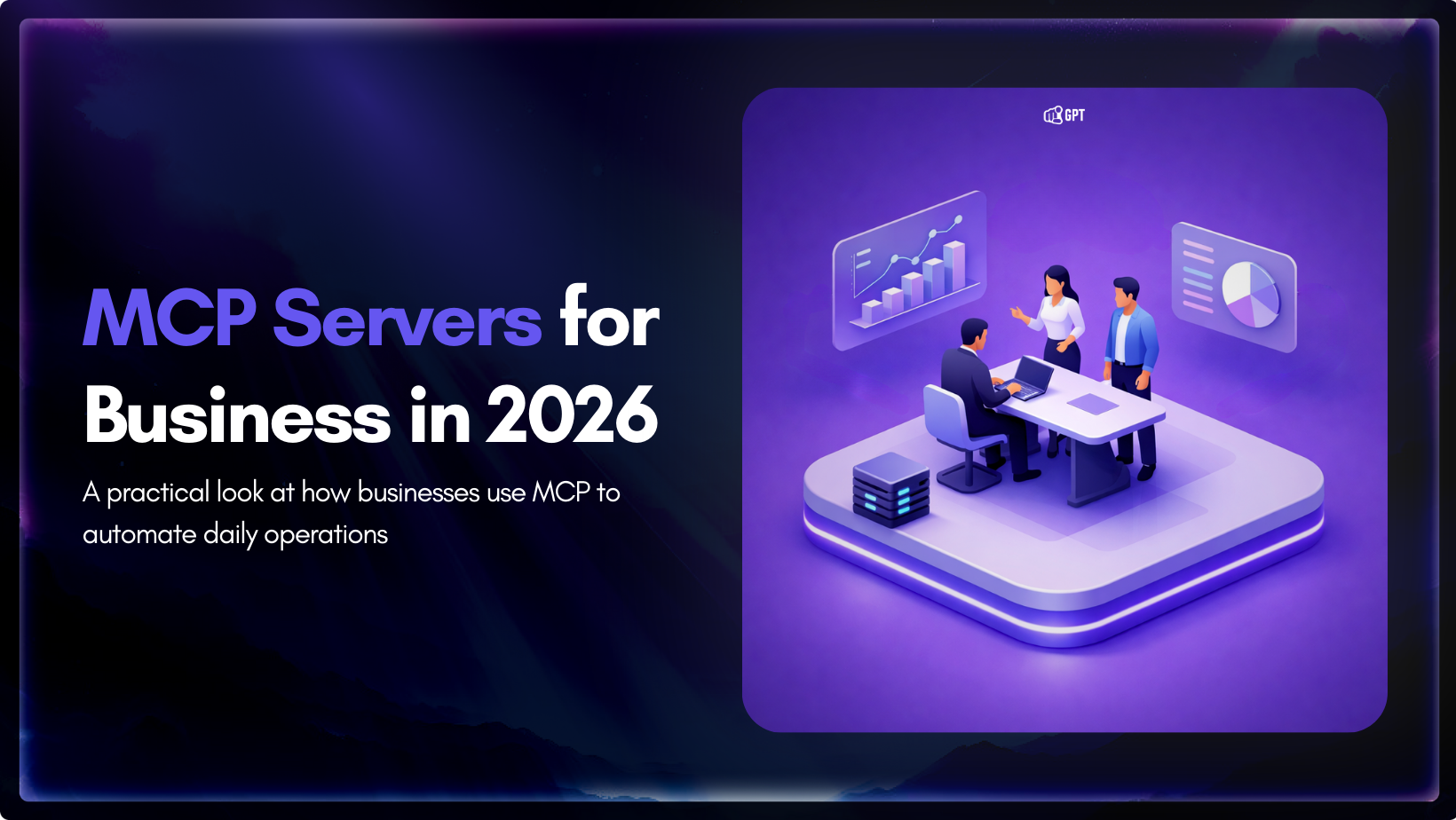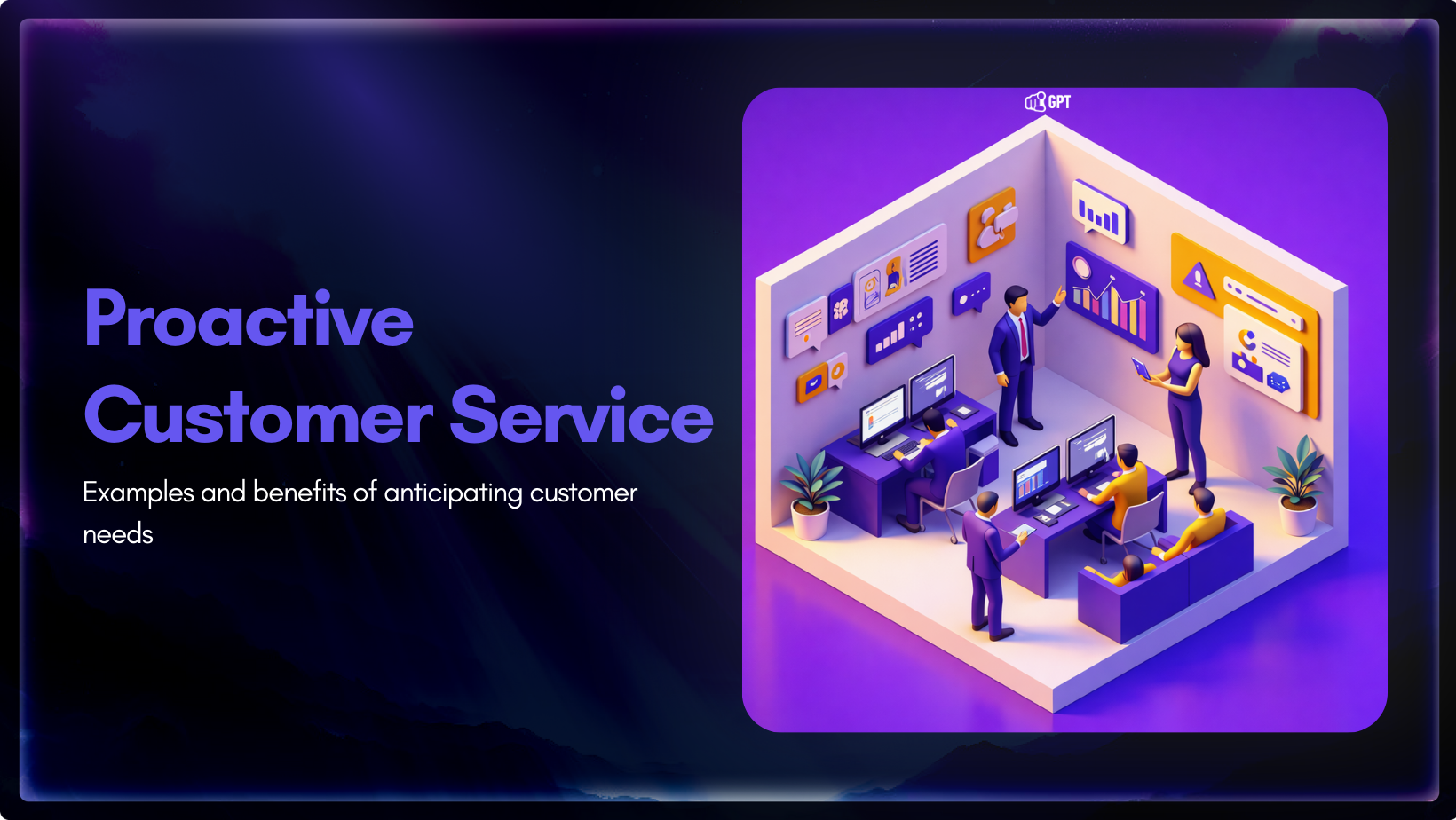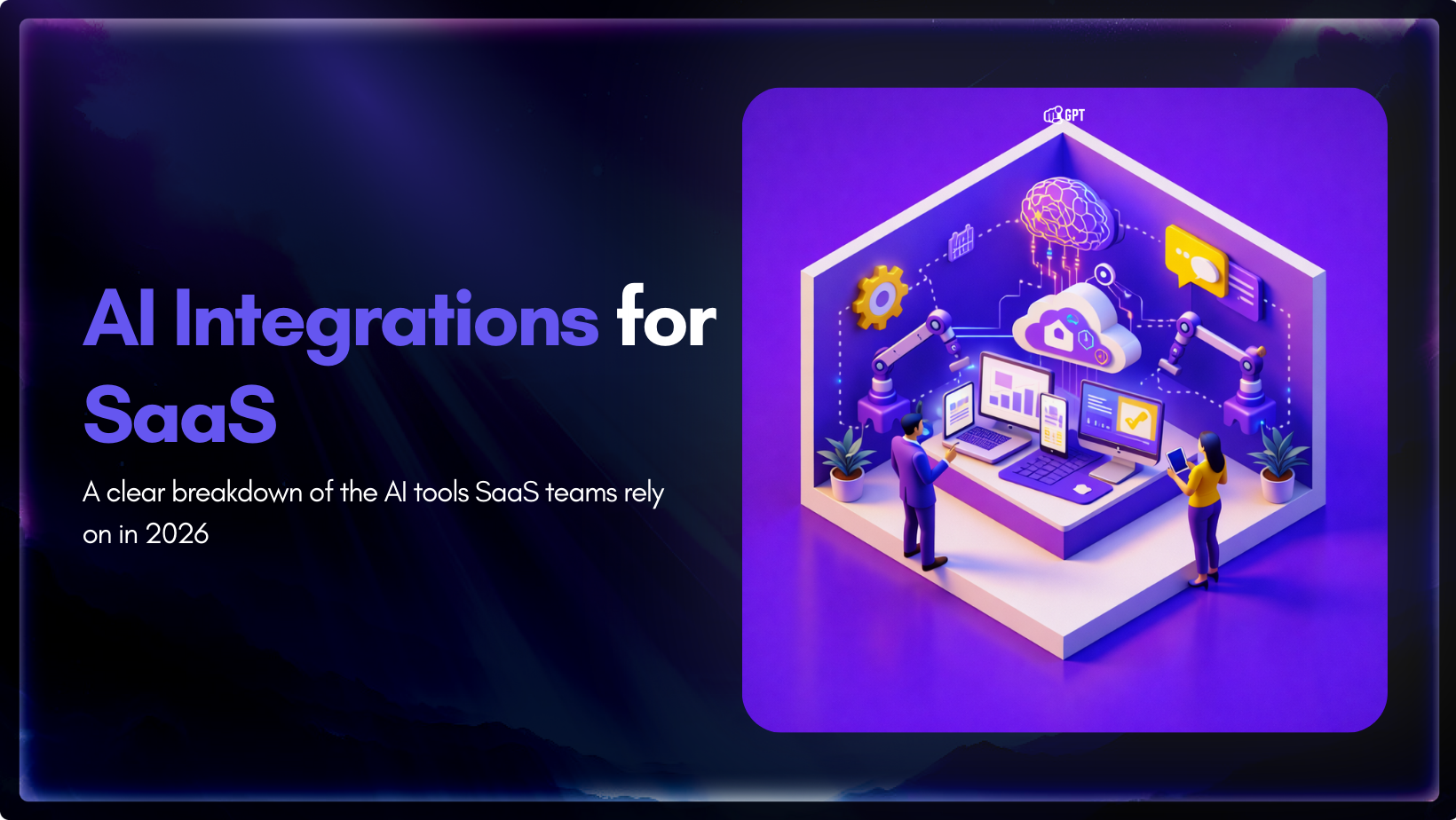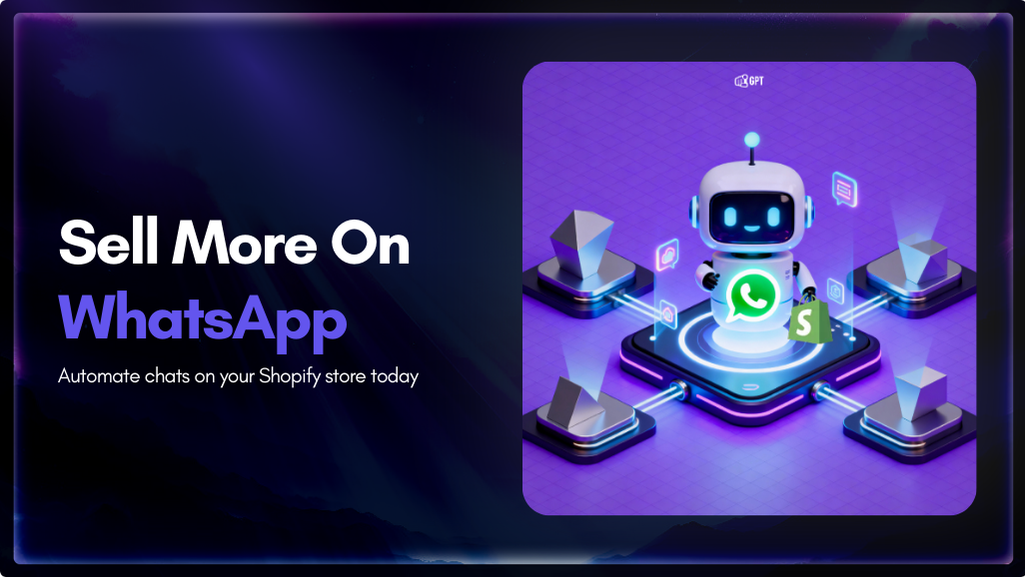RAG Chatbot vs Agent AI: Which Is More Effective?


The debate between RAG chatbots and agent AI is a heat up topic in the AI community.
RAG chatbots improve language models by integrating external knowledge, while AI agents autonomously perform specific tasks with decision-making abilities.
We will explore RAG chatbots and agent AI to compare their differences and effectiveness. This will provide valuable insights to inform strategic decisions.

Retrieval-Augmented Generation (RAG) is an advanced AI framework. It takes Large Language Models (LLMs) and boosts them with internal data sources.
Retrieval-Augmented Generation (RAG) chatbots combine retrieval-based and generative ai models (large language models) to deliver accurate and contextually relevant responses.

AI agents are autonomous programs designed to perform specific tasks or make decisions, and take steps to accomplish particular objectives based on predefined rules or flows.
They range from simple programs to complex systems and can also be designed to think, adapt, and act independently.
These agents are essential for modern automation and can handle tasks of varying complexity, serving as valuable tools in a wide range of applications.
Agent AI is designed for specific tasks, not just for chatting. It not only talks but also takes action, like an assistant.

RAG Chatbots and AI Agents have different features that make them unique in terms of what they can do and how they can be used. Here is a quick comparison:
| Aspect | RAG Chatbots | AI Agents |
|---|---|---|
| Primary Function | Information retrieval and generation | Task execution and problem-solving |
| Interaction Depth | Deeper, more contextual conversations | Complex, multi-step interactions |
| Autonomy | Limited to information provision | Higher degree of autonomous decision-making |
| Personalization | Contextual responses based on retrieved data | Tailored interactions using historical data |
| Integration | Typically integrated with knowledge bases | Can integrate with various systems and APIs |
| Scalability | Highly scalable for information-based tasks | Flexible scalability for diverse applications |
Primary Function: RAG chatbots excel in providing accurate, context-specific information for customer support and research, using retrieval and generative capabilities. whereas, AI agents focus on autonomous, complex task execution and problem-solving.
Interaction Depth: RAG chatbots enable more in-depth, contextual conversations, while AI agent manage complex, multi-step interactions requiring high autonomy.
Autonomy: RAG chatbots have limited autonomy, focusing on information provision. AI agents shows a higher level of decision-making independence.
Personalization: RAG chatbots deliver relevant, context-driven responses. AI agents can use previous data to create personlised interactions.
Integration: RAG chatbots integrate primarily with knowledge bases to enhance information quality. AI agents can interact with various systems and APIs for broader task performance.
Scalability: RAG chatbots are highly scalable for information-based tasks, while AI agents adapt to various applications with flexible scalability.
Businesses and developers need to understand the differences when choosing AI technology. RAG chatbots are ideal for knowledge base responses, while AI agents are better for decision-making and where there is need to perform tasks.

Selecting the best AI integration involves understanding your business’s unique requirements and challenges. Integrating RAG with AI agents provides a robust solution that combines the knowledge base system with autonomous decision-making capabilities.
This combination improves application performance in various sectors:
For businesses looking to develop custom AI solutions that use both RAG chatbots and AI agents, Chatbot Studio is an excellent resource. This will help you design and implement AI agents tailored to your specific needs, including RAG capabilities for a context-aware response and intelligent system.
Combining RAG and AI agents can enhance efficiency, accuracy, and user experience in various domains.
RAG, or Retrieval-Augmented Generation, chatbots boost Large Language Models (LLMs) by integrating external knowledge sources to provide more accurate and contextually relevant responses.
Yes, AI agents can collaborate effectively with human agents, enhancing customer service by offering support and handling complex interactions.
AI agents enhance LLMs and RAG by enabling them to autonomously interact with external sources, perform tasks, and act intelligently in achieving goals. They are designed to handle complex tasks and make decisions effectively.
AI agents can perform tasks such as calling APIs, unlike traditional chatbots that rely solely on scripted workflows or knowledgebase responses.
No, AI agents are also pivotal in healthcare, finance, and various other sectors where they optimize operations and improve service delivery through intelligent automation and decision-making
Yes, RAG chatbots have limited autonomy primarily focused on information retrieval and response generation. They cannot execute tasks beyond providing information.
To build a system integrating RAG chatbots with AI agents, start by creating a RAG chatbot using YourGPT AI Chatbot. Then, use Chatbot Studio to build AI agents that perform specific tasks, effectively using both technologies for your needs.
Choosing between RAG chatbots and agent AI doesn’t require an either-or approach.
These technologies can be combined to use the strengths of both: RAG chatbots bring deep, context-aware information retrieval, while agent AI offers dynamic, autonomous decision-making.
This hybrid approach can enhance productivity and customer satisfaction by providing precise information handling alongside efficient task execution.
Integrating both RAG and AI agents allows businesses to improve operations, service quality, and reduce workload.

Build your own customized with AI Chatbot Studio. Enhance user engagement and improve customer experience with our powerful tools.

Growth-focused teams move faster when their tools work together instead of competing for attention. Modern development depends on multiple systems to ship code, review changes, monitor services, and access data. Each system serves a purpose, but routine work often means moving between dashboards, scripts, and internal tools. These small transitions shape how consistently a team […]


Most customer service moments begin long before a ticket is created. Something feels off. A payment does not go through. A delivery update stops moving. A user gets stuck at the same step and tries again. Customers usually pause, check, retry, and wait before they decide to ask for help. Proactive customer service works inside […]


AI has become a core part of how modern SaaS products are built and delivered. In 2026, customers expect intelligent assistance to be available throughout their journey, from onboarding and everyday product usage to support and account management. Inside SaaS teams, AI is increasingly used to speed up workflows, reduce repetitive tasks, and improve how […]


Shopify stores often use a chatbot on their website to handle product questions, order updates, and support. But customers also message on WhatsApp expecting the same quick answers. Most of them already use WhatsApp throughout the day, so reaching out there feels natural. A chatbot that works across both channels responds in seconds, guides purchase […]


Most businesses do not struggle to generate leads. They struggle to know which ones are worth acting on. Forms get filled, DMs arrive, emails are opened, and chats happen across multiple tools. Some prospects convert. Most do not. The real problem is that there is no reliable way to tell, early enough, which signals actually […]


Artificial Intelligence has advanced quickly over the past five years, moving from an experiment to a standard component of modern business. AI has become a central part of enterprise strategy. 88% of organizations are now using AI. This figure has increased from 78% the year before. This transformation is reshaping how companies run, communicate, and […]
